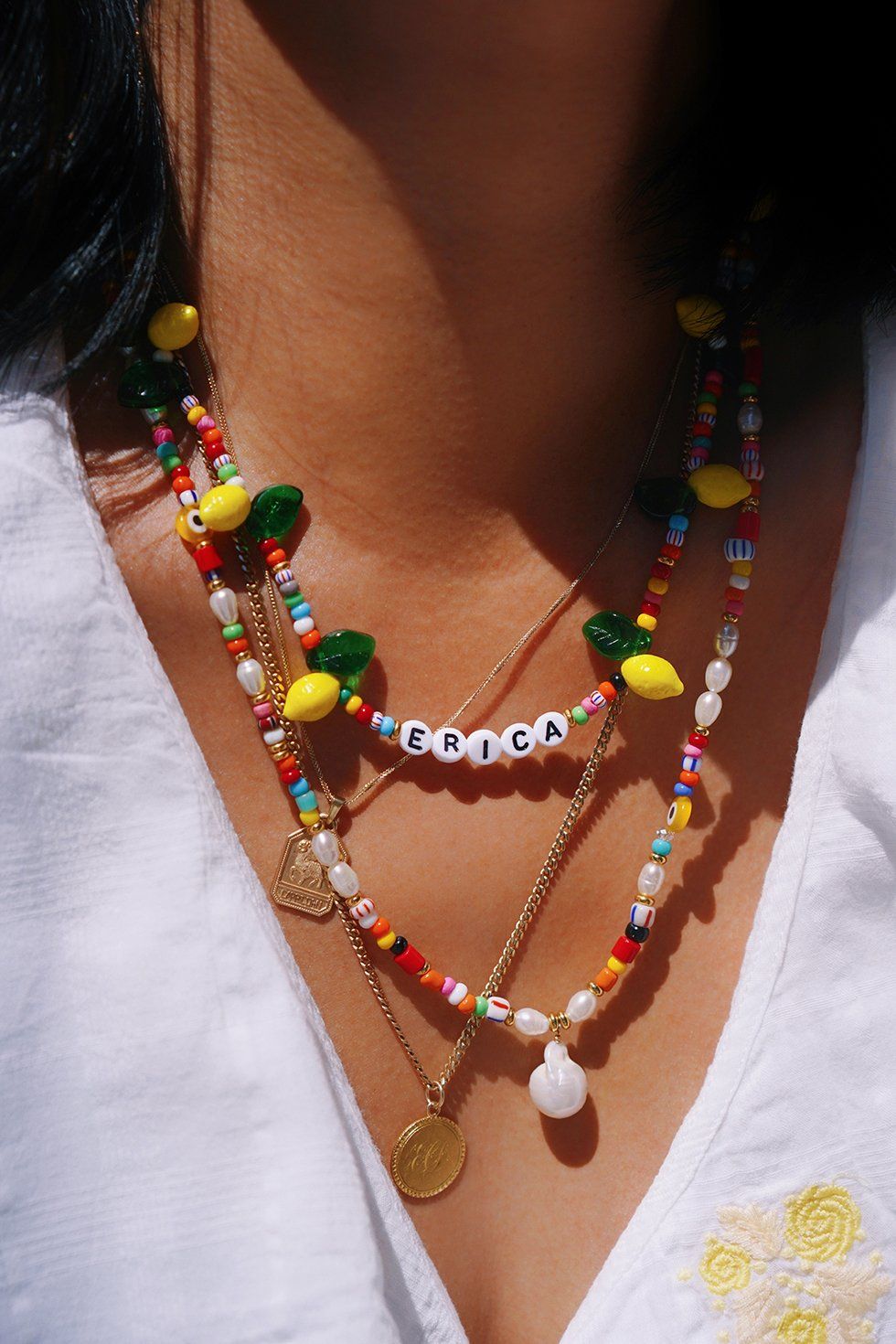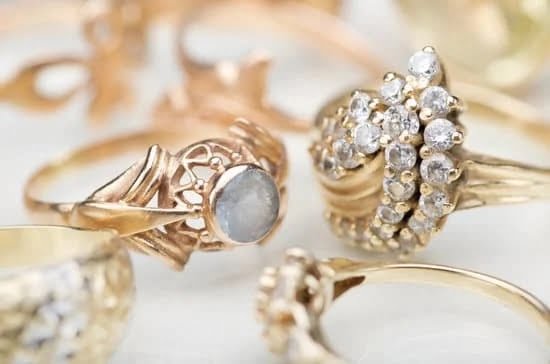Nestled in the heart of downtown Los Angeles lies a historical and vibrant hub known as the Jewelry District. The history of the Los Angeles Jewelry District is rich and storied, dating back to its early beginnings and tracing the evolution of the jewelry industry in the city. This article aims to delve into the captivating history of this unique district, from its humble origins to its modern-day legacy.
The early origins of the Jewelry District can be traced back to its humble beginnings, where a handful of jewelers set up shop in downtown Los Angeles. Over time, this small cluster grew into a thriving epicenter of jewelry commerce, attracting artisans, designers, and connoisseurs alike. The rise of the jewelry industry in Los Angeles not only shaped the physical landscape of the city but also left an indelible mark on its cultural and economic fabric.
Throughout its history, the Jewelry District has been home to architectural gems that showcase both historical charm and modern innovation. These landmarks are not only symbols of artistic expression but also serve as testaments to the district’s enduring legacy. As we explore the history and evolution of this iconic district, we will uncover how it has impacted the community at large and contributed significantly to the economic prosperity of Los Angeles.
Early Beginnings
The early beginnings of the Los Angeles Jewelry District can be traced back to the late 19th century, when a group of jewelry manufacturers and retailers began to establish themselves in the downtown area. This period marked the first stages of what would eventually become a thriving hub for the jewelry industry on the West Coast.
During this time, many jewelers were drawn to Los Angeles due to its proximity to burgeoning gold and silver mining operations in California, as well as its potential as a gateway to markets in Asia and Europe.
The Founding Pioneers
Some of the founding pioneers of the district included immigrant jewelers from Europe who brought with them centuries-old craftsmanship and expertise. These skilled artisans laid the groundwork for what would eventually become a vibrant jewelry community, attracting new settlers and businesses to the area. By the turn of the century, an increasing number of jewelry shops, workshops, and trade organizations had taken root in downtown Los Angeles, solidifying its status as an emerging center for jewelry production and commerce.
Evolution Into a Specialized District
As more jewelers flocked to Los Angeles, a concentrated area dedicated exclusively to jewelry-related businesses began to take shape. By the early 20th century, this cluster of jewelry stores and workshops became known as the Los Angeles Jewelry District.
The district’s centralized location allowed for greater convenience in sourcing raw materials, conducting transactions, and reaching customers. This concentration also fostered a sense of camaraderie among industry professionals, leading to increased collaboration and mutual support within the tight-knit community.
Catalysts for Growth
Several factors contributed to the rapid growth and success of the Jewelry District during its formative years. The establishment of reliable transportation networks, such as railways and later highways, facilitated efficient movement of goods in and out of downtown Los Angeles. Additionally, improvements in communication technologies enabled local jewelers to connect with suppliers and clients across vast distances. These developments set the stage for further expansion and modernization within the district, laying a strong foundation for its future prosperity.
The Rise of the Jewelry Industry in Los Angeles
Early Growth and Development
The history of Los Angeles jewelry district is closely tied to the rise of the jewelry industry in the city. The early beginnings of the district can be traced back to the late 19th century, when a handful of jewelry stores began to set up shop in downtown Los Angeles. These initial establishments paved the way for what would eventually become one of the largest and most renowned jewelry districts in the world.
Boom in Manufacturing
As the demand for jewelry grew, so did the need for skilled artisans and craftsmen. This led to a boom in manufacturing within the district, with numerous workshops and factories popping up to meet the increasing demand. This period saw an influx of talented jewelers, gem cutters, and goldsmiths who flocked to Los Angeles to take advantage of the thriving industry.
Establishment as a Global Hub
By the early 20th century, the Los Angeles Jewelry District had firmly established itself as a global hub for all things related to jewelry. Its reputation for quality craftsmanship and diverse offerings attracted buyers and sellers from around the world. The district became known not only for its wide variety of precious gemstones and metals but also for its innovation and forward-thinking approach to design.
The rise of the jewelry industry in Los Angeles set the stage for what would become a lasting legacy that continues to thrive today. With its roots firmly planted in a rich history of craftsmanship and commerce, this iconic district remains an integral part of both California’s cultural heritage and its economic landscape.
Architectural Gems
The Los Angeles Jewelry District is not just a hub for the jewelry industry, but it is also home to several architectural gems that have played a significant role in shaping the district’s identity. These landmarks not only stand as testaments to the district’s rich history but also serve as symbols of its cultural and economic importance. Below are some of the architectural gems worth exploring in the Jewelry District:
- The Cooper Building: Built in 1927, this 11-story Art Deco building is a prominent fixture in the Jewelry District. Its striking design and historical significance make it a must-see for visitors interested in the district’s architectural heritage.
- The Jewelry Trades Building: Another notable landmark in the district, this building was constructed in 1924 and is known for its Beaux-Arts architecture. It has been a center of jewelry manufacturing and trade for decades, making it an integral part of the district’s history.
- The International Jewelry Center: This 13-story building was completed in 1983 and stands out with its modern and sleek design. It has become a vital location for businesses within the jewelry industry, further solidifying its place in the district’s architectural landscape.
These architectural gems not only add to the aesthetic appeal of the Jewelry District but also serve as reminders of its enduring legacy. They showcase the evolution of architectural styles over time and highlight the district’s continuous adaptation to changing trends and technologies. Visiting these landmarks offers a glimpse into both the past and present of the Jewelry District, providing valuable insights into its development over time.
The Evolving Landscape
The 20th century brought significant changes and developments to the Los Angeles Jewelry District, solidifying its status as a major hub for the jewelry industry. With the dawn of the new century, the district underwent a transformation that would shape its identity and influence for decades to come.
During this period, the Jewelry District experienced a boom in both population and commerce. As more jewelers and merchants flocked to the area, it became a bustling center of activity, attracting clients from near and far. This growth led to an expansion of the district, with new buildings and infrastructure accommodating the increasing demand for commercial space.
Additionally, technological advancements in manufacturing and design revolutionized the way jewelry was produced and sold. The introduction of modern tools and techniques allowed artisans to create intricate pieces with greater precision and efficiency. This not only enhanced the quality of jewelry coming out of the district but also bolstered its reputation as a leader in the industry.
Moreover, global events such as World War II and economic shifts had a profound impact on the Jewelry District. The war created opportunities for local manufacturers to supply military-related items, while economic fluctuations influenced consumer demand for luxury goods. These external factors shaped the trajectory of the district’s growth and evolution throughout the 20th century.
Cultural Impact
The history of Los Angeles Jewelry District has had a significant cultural impact on the community, with its influence reaching far beyond the boundaries of the district itself. The jewelry industry has played a crucial role in shaping the cultural identity of Los Angeles, not only through the exquisite pieces created within its confines but also through its influence on local art, fashion, and design.
One of the most notable cultural impacts of the Jewelry District is its role in fostering creativity and innovation within the community. Over the years, the district has been a hub for aspiring designers and artisans, providing them with inspiration and opportunities to showcase their talents. This environment of creativity has not only influenced the local art scene but has also contributed to shaping the broader cultural landscape of Los Angeles.
In addition to nurturing creativity, the Jewelry District has also been a melting pot of diverse cultures and traditions. The district’s rich history is reflected in its vibrant tapestry of different ethnicities and backgrounds, each bringing their unique artistic traditions and craftsmanship to this dynamic community.
As a result, the Jewelry District has become a symbol of cultural fusion, celebrating diversity and inclusivity through its various jewelry offerings. This cultural exchange has not only enriched the district itself but has also had a profound impact on the larger Los Angeles community, contributing to its reputation as a city that embraces diversity and creativity.
| Cultural Impact | Relevance |
|---|---|
| Fostering Creativity | The environment within the district encourages creative expression among designers and artisans. |
| Diverse Cultural Exchange | The district represents a variety of ethnicities and backgrounds, showcasing their unique artistic traditions. |
Economic Importance
The Los Angeles Jewelry District has played a significant role in the economic growth and development of the city. Over the years, it has made substantial contributions to the local economy, establishing itself as a key player in the jewelry industry on a national and global scale.
Some of the economic contributions of the Jewelry District to Los Angeles include:
- Job Creation: The Jewelry District has been a major source of employment for residents of Los Angeles. Thousands of individuals have found work in various capacities within the district, from skilled artisans and craftsmen to salespeople and business owners.
- Revenue Generation: The businesses within the district have not only contributed to employment opportunities but have also generated significant revenue for the city through taxes and sales. This has helped bolster the local economy and support various public services and infrastructure improvements.
- Tourism and Commerce: The presence of the Jewelry District has attracted visitors from all over the world, contributing to tourism revenue for Los Angeles. Additionally, it has facilitated trade and commerce, serving as a hub for buyers and sellers of precious stones, metals, and jewelry items.
The history of Los Angeles Jewelry District reflects its long-standing economic impact on the city. From job creation to revenue generation and trade facilitation, this historic district continues to contribute significantly to the economic prosperity of Los Angeles.
In addition to its direct economic contributions, the Jewelry District has also acted as a catalyst for entrepreneurial ventures and small businesses within its vicinity. As a result, it has fostered an environment conducive to innovation and creativity, further enriching the economic landscape of Los Angeles. The significance of this district as an economic powerhouse cannot be understated when evaluating its overall impact on the city’s prosperity.
Modern Day
The history of Los Angeles Jewelry District has paved the way for its modern-day status as a prominent hub for the jewelry industry. Today, the district continues to thrive as a vital center for jewelry manufacturing, diamond cutting, and wholesale distribution. With over 5,000 businesses operating in this specialized area, the Jewelry District is a dynamic and bustling community that attracts not only business professionals but also tourists and shoppers from all over the world.
One of the key characteristics of the Jewelry District today is its diverse range of offerings. Visitors can explore a wide selection of jewelry stores, from high-end luxury boutiques to smaller family-owned businesses. The district also hosts numerous gem dealers, appraisers, and manufacturers who cater to both wholesale and retail customers. Furthermore, the district’s rich cultural heritage is reflected in its diverse array of jewelry styles and designs, showcasing influences from various cultures around the world.
In addition to being a destination for jewelry enthusiasts, the Jewelry District plays a significant role in driving economic activity within Los Angeles. It provides employment opportunities for thousands of individuals involved in different facets of the industry, contributing to the city’s overall economic growth. Moreover, its influence extends beyond just commerce; the district continues to serve as an important cultural landmark within Los Angeles, drawing attention not only for its commercial value but also for its historical significance.
Conclusion
In conclusion, the history of the Los Angeles Jewelry District is a fascinating tale of growth, evolution, and cultural impact. From its early beginnings as a hub for diamond and precious gem trading to its current status as one of the largest jewelry districts in the United States, this vibrant area has played a significant role in shaping the city’s identity.
The architectural gems that dot the district serve as a testament to its rich heritage, while also reminding us of the craftsmanship and artistry that have thrived within its boundaries for over a century.
The rise of the jewelry industry in Los Angeles not only brought economic prosperity to the city but also created a close-knit community of artisans, craftsmen, and entrepreneurs. This community has left an indelible mark on the cultural fabric of Los Angeles, with many families passing down generations of jewelry-making traditions from one to another.
The economic importance of the Jewelry District cannot be overstated – it continues to be a major contributor to the local economy, attracting tourists and buyers from all over the world.
Looking towards the future, it is clear that the Jewelry District will continue to be an integral part of Los Angeles’ story. As technology advances and consumer tastes change, this historic area will undoubtedly adapt and evolve while maintaining its status as a cornerstone of jewelry production and trade.
The significance of the history of the Los Angeles Jewelry District cannot be understated – it is a living testament to innovation, creativity, and perseverance that continues to inspire new generations of jewelers and entrepreneurs.
Frequently Asked Questions
Why Are There So Many Jewelry Stores in LA?
There are many jewelry stores in LA because the city is known for its fashion and entertainment industries. The demand for stylish and high-quality jewelry is high, leading to a large number of stores catering to this need.
Does LA Have a Diamond District?
Yes, LA does have a diamond district located in the downtown area. This district is home to numerous jewelry stores, dealers, and wholesalers specializing in diamonds and other precious gemstones. It’s a popular destination for those looking for fine jewelry.
Where Did Jewelry Originate From?
Jewelry has been around for centuries and has been found across various ancient civilizations. Some of the earliest known jewelry dates back to Mesopotamia and Egypt.
Jewelry originated from the desire to adorn oneself with beautiful items, often made from materials like shells, stones, and metals. Its significance varies across cultures but has always been associated with status, wealth, and personal expression.

Welcome to my jewelry blog! My name is Sarah and I am the owner of this blog.
I love making jewelry and sharing my creations with others.
So whether you’re someone who loves wearing jewelry yourself or simply enjoys learning about it, be sure to check out my blog for insightful posts on everything related to this exciting topic!





